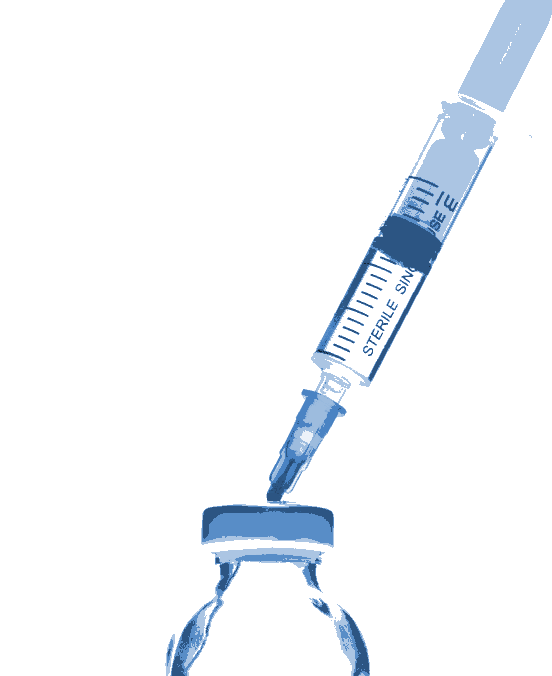Childhood jabs drop
 The global COVID-19 pandemic has fueled the biggest drop in childhood vaccinations in three decades.
The global COVID-19 pandemic has fueled the biggest drop in childhood vaccinations in three decades.
New data suggests the percentage of children who received three doses of the vaccine against diphtheria, tetanus and pertussis (DTP3) – a marker for immunisation coverage – fell 5 percentage points between 2019 and 2021 to 81 per cent.
Vaccine coverage dropped in every region, with the East Asia and Pacific regions recording the steepest reversal in DTP3 coverage, falling nine percentage points in just two years.
Globally, coverage of measles vaccines and polio vaccines also dropped, as did coverage with HPV vaccines which could have grave consequences for the health of women and girls.
“This is a red alert for child health. We are witnessing the largest sustained drop in childhood immunisation in a generation. The consequences will be measured in lives,” says Catherine Russell, UNICEF Executive Director.
“While a pandemic hangover was expected last year as a result of COVID-19 disruptions and lockdowns, what we are seeing now is a continued decline. COVID-19 is not an excuse.
“We need immunisation catch-ups for the missing millions or we will inevitably witness more outbreaks, more sick children and greater pressure on already strained health systems.”
The stats show 25 million children missed out on one or more doses of DTP through routine immunisation services in 2021 alone. This is 2 million more than those who missed out in 2020 and 6 million more than in 2019, highlighting the growing number of children at risk from devastating but preventable diseases.
The decline was due to many factors including an increased number of children living in conflict and fragile settings where immunisation access is often challenging, increased misinformation and COVID-19 related issues such as service and supply chain disruptions, resource diversion to response efforts, and containment measures that limited immunisation service access and availability.
Eighteen million of the 25 million children did not receive a single dose of DTP during the year, the vast majority of whom live in low- and middle-income countries, with India, Nigeria, Indonesia, Ethiopia and the Philippines recording the highest numbers.
Globally, over a quarter of the coverage of HPV vaccines that was achieved in 2019 has been lost. This has grave consequences for the health of women and girls, as global coverage of the first dose of human papillomavirus (HPV) vaccine is only 15 per cent, despite the first vaccines being licensed over 15 years ago.
It was hoped that 2021 would be a year of recovery during which strained immunisation programmes would rebuild and the cohort of children missed in 2020 would be caught-up.
Instead, DTP3 coverage was set back to its lowest level since 2008 which, along with declines in coverage for other basic vaccines, pushed the world off-track to meet global goals, including the immunisation indicator for the Sustainable Development Goals.
This historic backsliding in rates of immunisation is happening against a backdrop of rapidly rising rates of severe acute malnutrition.
A malnourished child already has weakened immunity and missed vaccinations can mean common childhood illnesses quickly become lethal to them.
The convergence of a hunger crisis with a growing immunisation gap threatens to create the conditions for a child survival crisis.
The full report is accessible here.







 Print
Print